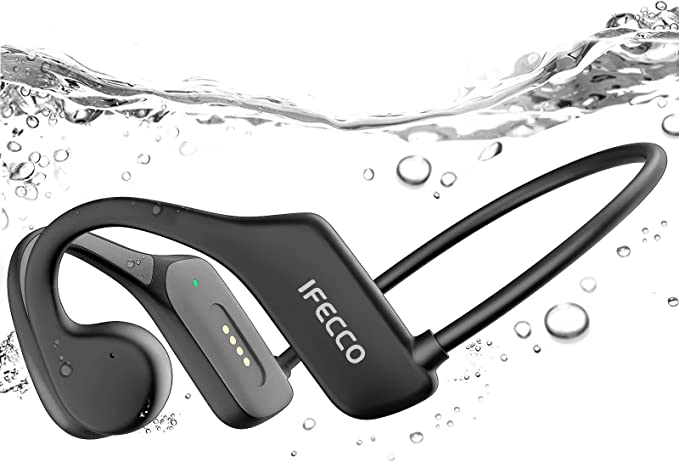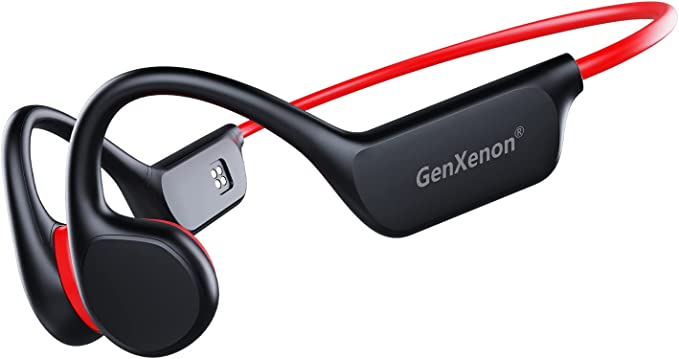The Ergonomics of Everyday Tech: A UX Case Study of the Modern Hair Dryer
Update on Oct. 12, 2025, 5:40 p.m.
For most of its history, the hair dryer was a product you tolerated, not one you enjoyed. Its performance was measured in watts and degrees, but its user experience was measured in aching arms, ringing ears, and the faint smell of overheated plastic. The revolution in today’s high-performance hair dryers is often attributed to their powerful motors and intelligent heating. But an equally profound, albeit quieter, revolution has occurred in their design. It’s a revolution in ergonomics and user experience (UX)—the unseen factors that transform a functional tool into a delightful extension of the self.
By examining a modern device like the Cosy Companions ZCY883-O-01, we can dissect this evolution across three sensory dimensions: sound, touch, and sight.

The Auditory Experience: From Roar to Whisper
The single greatest ergonomic failure of the traditional hair dryer was its noise. Operating at 80-90 decibels (dB), it was as loud as a passing diesel truck or a power lawnmower. This wasn’t just an annoyance; it was an acoustic barrier, isolating the user and disrupting the household.
The dramatic reduction in noise, with some models now operating around 51 dB, is a triumph of acoustic design. To understand the scale of this improvement, one must know that the decibel scale is logarithmic. A 10 dB decrease represents a halving of perceived loudness. Therefore, a drop of 30 dB is a monumental leap, moving the sound from the category of “very loud” to something closer to a quiet conversation or a refrigerator’s hum. This is achieved in two ways. First, the high-speed brushless motor, by eliminating the friction and arcing of carbon brushes, fundamentally operates at a higher, less jarring frequency. Second, sophisticated aerodynamic design of the internal airflow paths minimizes turbulence, which is a major source of broadband noise. The result is an appliance that no longer dominates its acoustic environment.
The Tactile Experience: Weight, Balance, and Materiality
The second major pain point was physical strain. Older dryers, with their heavy AC motors housed in the nozzle, were top-heavy and often weighed upwards of two pounds (900g). Styling one’s hair became an exercise in endurance.
The modern approach attacks this problem systemically. The miniaturized brushless motor is a fraction of the weight of its predecessor. Devices now weigh as little as 0.82 lbs (373g)—less than a can of soda. But weight is only part of the story; balance is equally critical. By placing the compact motor in the handle rather than the head, designers have shifted the center of gravity, making the device feel more balanced and nimble in the hand, reducing wrist torque and fatigue.
This is complemented by advances in material science. The shift from basic ABS plastic to engineered composites, like nylon and glass fiber, provides a material that is not only lighter and stronger but also more resistant to heat and offers a more premium tactile feel. The final touch in this tactile overhaul is the user interaction with attachments. The clumsy twist-and-lock or friction-fit nozzles of the past, often difficult to attach or remove when hot, have been replaced by elegant magnetic systems. As one user review puts it, they “snap on and off easily,” a small detail that removes a point of friction and adds a touch of satisfying magic to the daily routine.
The Visual & Cognitive Experience: From Ambiguity to Clarity
Interaction with older dryers was a guessing game. A switch with “I” and “II” gave little indication of the actual heat or speed being delivered. The modern hair dryer, however, is increasingly an exercise in clear communication.
The inclusion of an HD digital display represents a significant leap in human-computer interaction for an appliance of this type. It provides clear, immediate, and unambiguous feedback on the exact temperature and speed settings. This clarity reduces the user’s cognitive load—there’s no need to remember which switch combination does what, or to guess if the device is at the right temperature. This allows for intentional, precise control, turning a blunt instrument into a precision tool.

The Ongoing Dialogue: When Perfection Meets Practice
No design is ever truly finished. A product that seems perfect in a domestic setting may reveal flaws in a professional context. This is highlighted by a piece of feedback from a barber, Esteban Torres, who praised a modern dryer’s power and quietness but lamented its one downside: “there is no hook or loop to attach it to my station.”
This small but crucial detail illustrates the ongoing dialogue between designers and users. A hanging loop, a trivial feature for a home user who puts the dryer in a drawer, is a critical workflow component for a professional who needs to hang their tool up dozens of times a day. It’s a powerful reminder that user-centered design is not about creating a single “perfect” object, but about understanding diverse contexts of use and acknowledging that there are always opportunities for refinement.
In the end, the story of the modern hair dryer’s design is a case study in the power of empathy. By systematically identifying and solving the sensory and physical pain points of the past, designers have created a product that doesn’t just work better, but feels better. It is a testament to the idea that the most profound technologies are those that fade into the background, seamlessly facilitating our goals with quiet, considered brilliance.























































